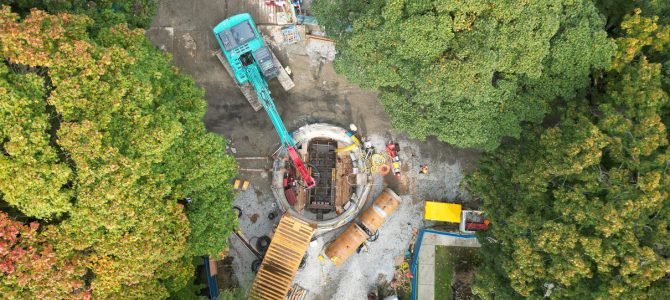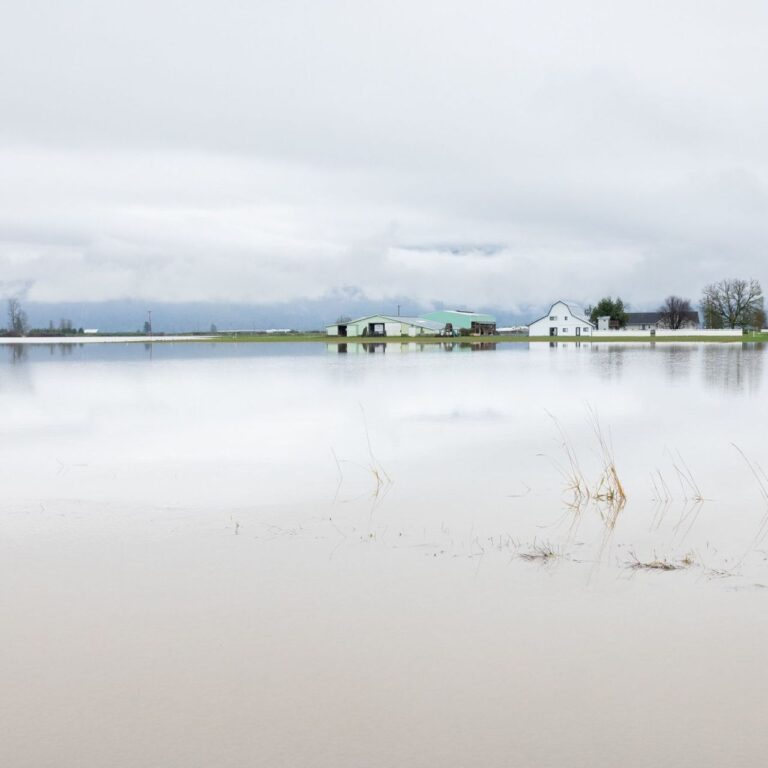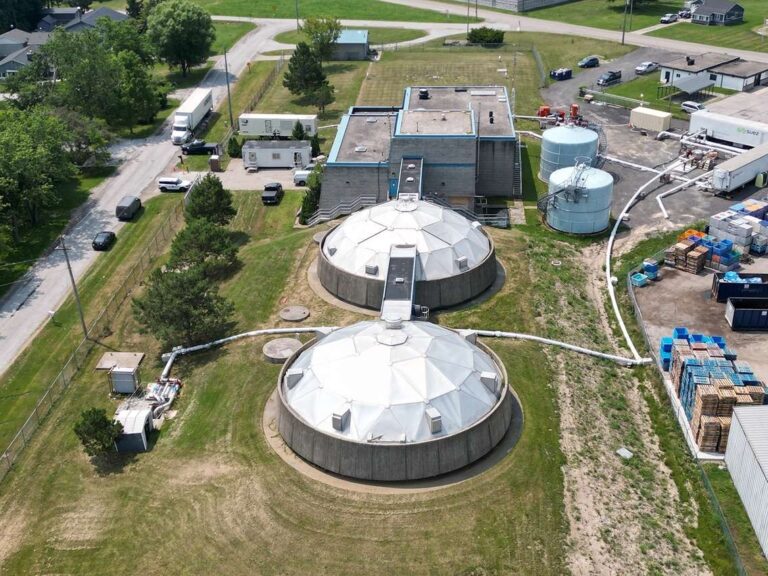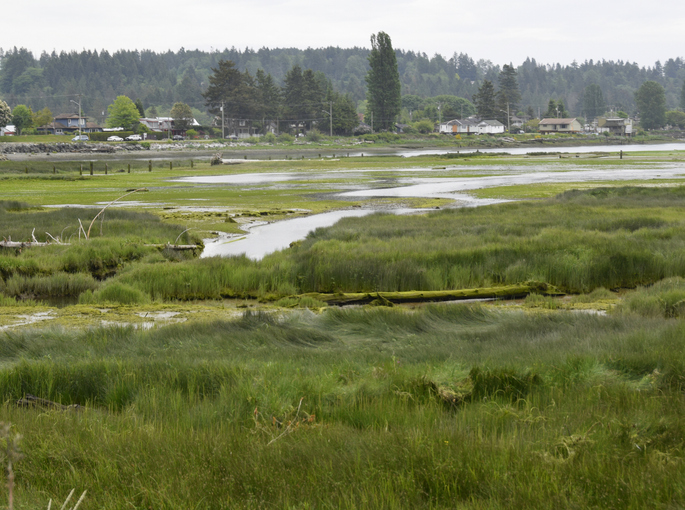On June 18, 2025, the Government of Canada announced an investment of $6.8 million in 20 projects across the country through the Flood Hazard Identification and Mapping Program (FHIMP), which is funded under Canada’s National Adaptation Strategy.
Environment and Climate Change Canada is investing $3.3 million in nine projects focused on advancing flood mapping science nationally and bringing together Canadian research institutions and departmental scientists. The projects will leverage the expertise of Canadian universities and researchers to advance the science used in the creation of current, accessible flood maps that can account for the uncertainty of climate change.
(Please see below for Natural Resources Canada’s project descriptions.)
Here are the project descriptions:
Probabilistic predictions of hydrological extremes across timescales and their information—theoretical evaluation
Recipient: University of British Columbia – $165,900
This project will use machine learning to improve flood predictions for areas with and without water level monitoring stations. The project goal is to create models that predict the chances of floods for multiple locations in British Columbia and the Yukon, making these predictions more accurate and reliable for extreme events.
Hydrologic-hydraulic modelling framework for improving dynamic ice-jam flood mapping under a changing climate
Recipient: The Governors of the University of Alberta – $612,400
Researchers will develop a system using surface water, river, and ice modelling to better understand stream flows during ice jams and breakup, specifically in areas where data is limited. This will improve ice-jam flood mapping while considering the effects of climate change.
Developing a consolidated flood frequency analysis system for Canada in a changing climate
Lead Recipient: University of Calgary – $770,200
Consortium with University of Saskatchewan and McMaster University
Researchers will use weather and water-related models, along with statistical methods, to understand how climate change affects surface water across Canada. The goal of this work is to better understand future flood risks, improve flood mapping methods and standards, and support better decision-making and policy development. This project will also make it easier for researchers and flood mapping professionals to share knowledge and information.
Integrated framework for assessing compound coastal and inland flooding under climate change across Canada
Recipient: University of Western Ontario – $180,000
The goal of this project is to better understand how different types of floods combine (like coastal and river floods) by studying different causes of flooding in a changing climate. The project will develop a system for analyzing data to look at the expected changes in how often and how intense coastal and inland floods will be. The impacts of these combined floods will be studied through the creation of models and maps.
Climate change and hurricane impacts to Atlantic coasts
Lead Recipient: Queen’s University – $350,800
Consortium with Dalhousie University
Researchers will develop computer models to predict flooding from extreme storms along Atlantic coastlines. The goal of this research is to improve floodplain mapping and to predict future coastal flood risks under changing environmental conditions.
Assessment of emerging technologies to optimize ice-jam flood risk assessment and mapping
Recipient: Université Laval – $232,200
Researchers will use satellite and computer mapping techniques to better predict flood risks caused by ice jams along the Peace River and Athabasca River in Alberta, and the Chaudière River in Quebec. Researchers hope to assess a new method for measuring water levels with ice cover and develop a tool to help identify areas prone to ice jams. By increasing the understanding of winter water levels and ice conditions, the project aims to improve flood modelling and flood risk assessments.
Estimation of intensity-duration-frequency curves for precipitation under current and future climatic conditions across the entire Canadian territory
Recipient: Polytechnique Montréal – $272,900
Researchers will use existing rainfall data, along with weather and climate data available from the Canadian Surface Reanalysis (CaSR) to develop new rainfall predictions that can be applied to any location in Canada. The results of this project will help with infrastructure design, stormwater management, and safety planning.
Machine learning for enhanced hydrodynamic and flood-impact modelling in cold-region rivers
Recipient: Polytechnique Montréal – $330,900
Researchers will develop a new system that can quickly and accurately predict river flow in cold regions. The system will combine machine learning with surface water, river, and physics-based models. The goal of this project is to improve flood modelling and management, infrastructure planning, and environmental studies.
Accounting for hydroclimate modelling uncertainty in the assessment of future flood zones
Recipient: Ouranos – $365,400
This project aims to improve the Province of Quebec’s ability to assess future flood risks in a changing climate. Multiple Environment and Climate Change Canada modelling tools will be added to the Government of Quebec’s flood mapping program. This research will create regional forecasts for all of Canada, model river flows in southern Quebec and add peak flow data into a tool to help engineers study future climate risks.
Natural Resources Canada is investing $2.8 million in eight projects to develop and improve approaches to regional flood modelling. Natural Resources Canada is investing an additional $750,000 to support three projects focused on the exchange between Indigenous Traditional Knowledge and other scientific practices related to flood hazard mapping.
From fine to regional scales: Using physics-informed artificial intelligence and remote sensing for flood modelling and hazard mapping
Recipient: University of Saskatchewan – $181,700
The project will create innovative methods to generate and produce flood hazard maps for the Assiniboine River Basin to help decision-makers better understand risk and uncertainty. Lastly, the recipient will design a user-friendly interface to view the maps.
Deep learning-based resolution enhancement of flood maps
Recipient: CE Flood Analytics Ltd. – $143,812
The project will deliver a tool for local, regional, and national stakeholders to enhance the resolution of existing flood map products using machine learning and Natural Resources Canada’s high-resolution terrain model, the High-Resolution Digital Elevation Model (HRDEM). This tool will offer a low-cost solution to create high-resolution flood maps from global or regional models, making it accessible for non-expert stakeholders.
Regional flood modelling and mapping in the South Nation River Basin: Using new and innovative tools to map floods and build knowledge of flood risk under different flood scenarios
Recipient: South Nation River Conservation Authority – $430,355
The project will compare innovative flood mapping techniques with traditional methods and assess flood risks under various climate scenarios. The results will support land-use planning and establish new flood mapping techniques, aiding both scientific research and practical decision-making in a rapidly growing region.
Improved model-based techniques for estimating low-frequency flood event magnitudes across Canada
Recipient: University of Waterloo – $595,000
The project will develop advanced techniques for estimating the uncertain magnitude of low-frequency flood events (e.g., 50-year, 100-year, and 200-year floods) using hydrological models enhanced by machine learning. They will assess alternative data sources to improve predictions of flood magnitudes at a regional scale.
Local-scale current and projected future total flood hazard mapping for Canada – literature review
Recipient: Slobodan P. Simonović Consulting Ltd. – $45,453
The recipient will review global methodologies for creating national-scale flood hazard maps to identify approaches suitable for implementation in Canada. This review will cover methods for mapping fluvial, pluvial, and coastal flood hazards at various scales under changing climate conditions. The project will explore the integration of AI and remote sensing to refine regional flood maps and will identify applicable and climate-focused methods and tools to support flood hazard assessment in Canada.
State-of-the-art AI model development for reliable and accurate flood mapping under climate change: Supercharging flood mapping
Recipient: The Royal Institution for the Advancement of Learning/McGill University – $257,600
The project will evaluate the use of transformer models for predicting water levels in Canadian watersheds that consider the uncertainty of climate change. They will deliver improved prediction models for approximately 300 locations (gauges) across Canada, making these tools accessible to researchers, decision-makers, and local communities. Expected results include detailed water level predictions for three climate scenarios.
Amélioration de la modélisation régionale des inondations fluviales basée sur les données LiDAR dans différents contextes géomorphologiques au Canada (French only)
Recipient: Concordia University – $773,741
The project will result in a simplified methodology for flood zone mapping, including open access computer programs and an application guide. Expected results include flood maps, hydraulic models, and a final report for governments and other stakeholders to improve flood risk management and raise public awareness.
Research investigation towards the compound flooding risks and the accuracy and uncertainty of island-wide flood mapping for Prince Edward Island
Recipient: Canadian Centre for Climate Change and Adaptation, University of Prince Edward Island – $459,266
This project will enhance island-wide pluvial flood modeling for Prince Edward Island, addressing critical challenges to support the provincial government in developing more robust flood hazard maps.
Dene Nàhodhe (in tune with nature): Indigenous perspectives on flood hazard and response in Kluane First Nation (KFN) traditional territory
Recipient: Kátł’odeeche First Nation – $250,000
The recipient will create Kluane First Nation (KFN) flood hazard datasets that integrate Indigenous Knowledge and western science to improve flood data availability and understanding. The project will also develop culturally appropriate policy tools for flood mitigation and support knowledge transfer of Indigenous flood response strategies within the community, especially from Elders to Youth.
Sqéwqel’s Indigenous Knowledge interweaving
Recipient: Seabird Island Band – $250,000
The project will enhance resilience and preparedness among Seabird Island Band and neighbouring communities against flood hazards by leveraging Indigenous Traditional Knowledge through the development of participatory tools, comprehensive traditional knowledge studies, and inclusive engagement processes.
Harmonizing hydrology and heritage: Indigenous Knowledge-driven flood mapping for six First Nations
Recipient: Tribal Chiefs Ventures Inc. (TCVI) – $250,000
The recipient will create a robust, culturally informed flood hazard mapping system that integrates traditional Indigenous Knowledge with modern GIS and hydrological modelling techniques. The goal is to strengthen community resilience to flooding by improving preparedness, risk identification, and disaster management planning.
Image credit to the Government of Canada.



